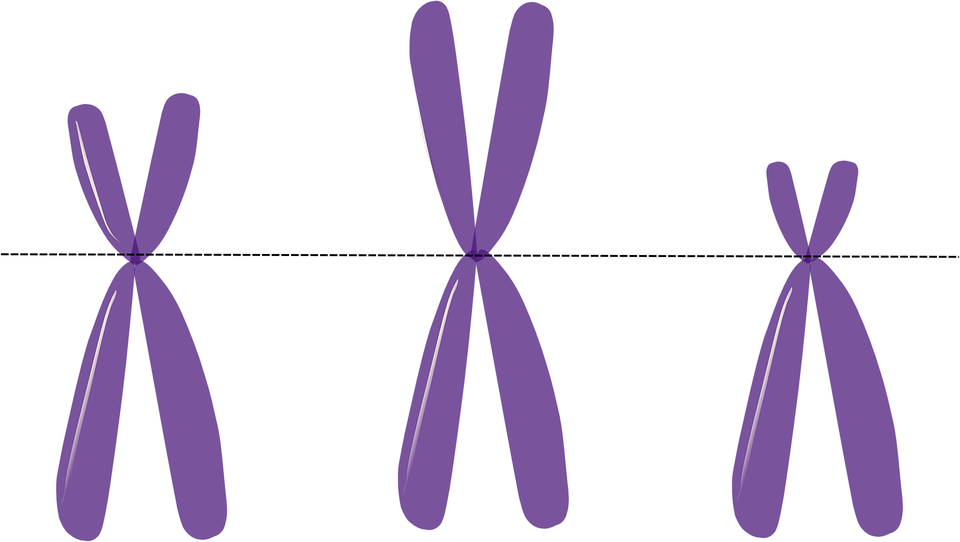Aggregated News

Ever since DNA was first used in 1986 to catch a killer, it's swashbuckled its way through society as an almost infallible weapon of truth: convicting the guilty, freeing the innocent, revealing bloodlines, paternity and identity.
On the health front, even before it had a name, excitement over DNA's power straddled centuries. But only the 21st has cast it as the attainable key to "precision medicine" – enabling doctors and patients to practise pro-active care: pinpointing diseases before they strike, and fighting them with targeted therapies tailored to an individual's unique genome.
Yet, the more genomes researchers study, the more evidence mounts that using DNA to predict health risks is anything but precise – for now, at least. These days, nature's longest thread comes off a like a trickster, shape-shifting from person to person, written in a wily language no one fully understands, with at least three billion ways to misread it.
To try to bridge the chasm between reading and comprehension, scientists leading Canada's Personal Genome Project say they have taken the deepest dive possible into human DNA, conducting the most thorough analysis that...



